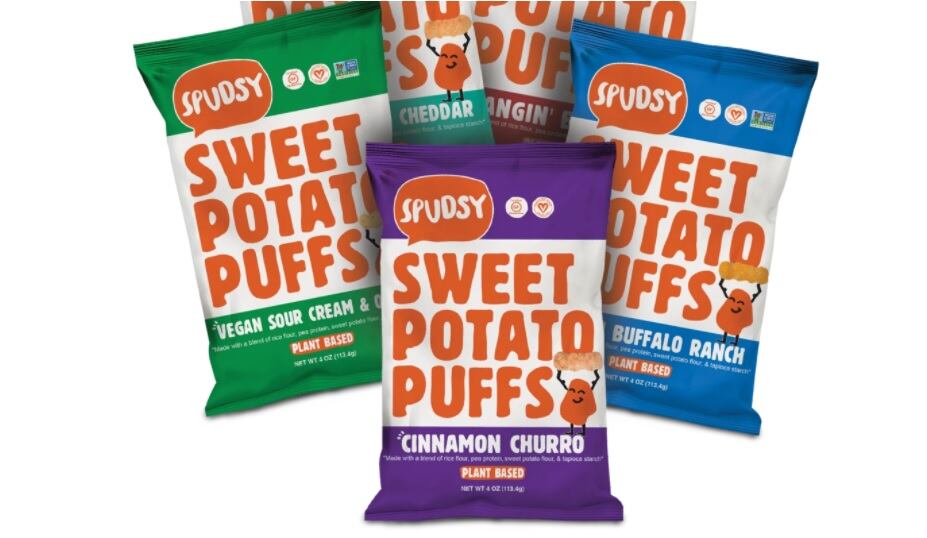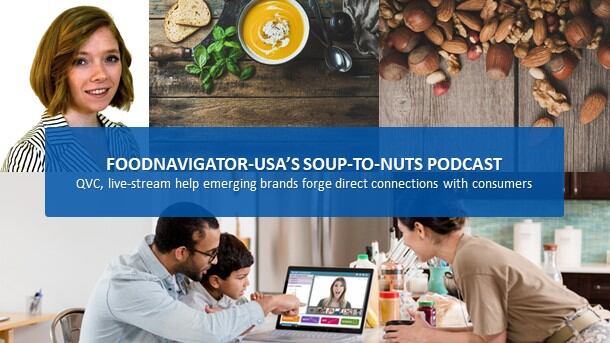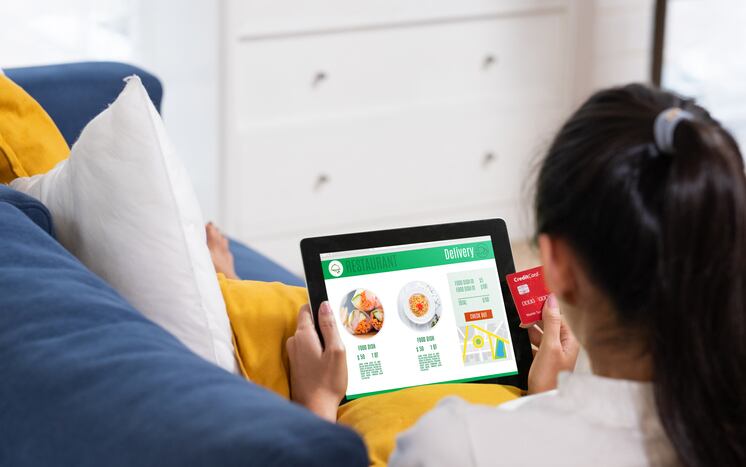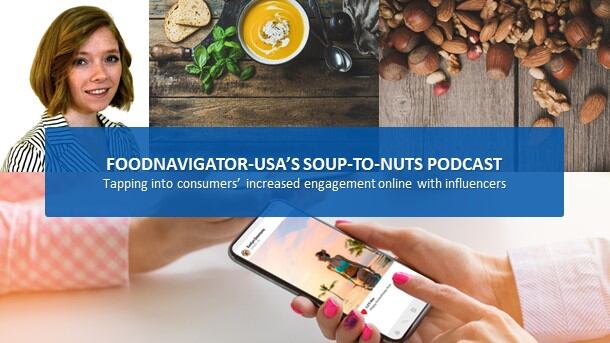But for startup Spudsy, which upcycles imperfect sweet potatoes into salty snacks, the investment is well worth the return, and is now possible thanks to an infusion of $3.3m in series A funding announced today led by KarpReilly and Stage 1 Fund.
“I don’t believe in just putting product in a store and crossing your fingers and hoping it sells. The first couple of years when you enter a store, you really need to invest in that retailer. And for us, demos are a big part of our marketing strategy, because we feel like once people try Spudsy’s sweet potato puffs and fries, they’ll buy them again,” founder Ashley Rogers told FoodNavigator-USA.
She explained that while most retailers discontinued in-store sampling early in the pandemic to reduce the spread of the coronavirus, many have brought the practice back – but not always in the same format as before the outbreak.
For example, Whole Foods Market allows sampling of closed products, but not open products, such as a single puff or sip of a beverage.
Because passing out closed, full-size bags of Spudsy puffs and fries is cost-prohibitive, Rogers said her company created “a tiny baby bag at 0.5 ounces, which is about eight to 10 puffs, and we use those to sample because they are closed.”
While not as expensive as full-sized bags, Rogers says the sample bags are still “way more expensive” than open sampling. But they also offer more bang for the buck.
“On the back of every sample bag we have our story and our branding, and we also put a QR coupon sticker on the bag that they can peel off and use to get a free bag or $1 off their next purchase or buy-one-get-one free, depending on the retailer and timing,” Rogers said.
She also lauded the bags as an effective reminder about what the product so they consumers know what to look for on shelf when they go to buy it later.
Rogers also will use part of the Series A funds to support other in-store marketing efforts, such as displays around back-to-school, which target the brands primary shopper – moms with young children.
The funds also will go towards both B2B and B2C brand building in the coming year – including trade shows and in-person events and stepped up direct-to-consumer marketing across social media platforms.
Sweet potatoes are an ‘easy sell,’ but digital content still needed to reach consumers
While Rogers describes Spudsy’s upcycled puffs and fries made from imperfect sweet potatoes ground into flour as “an easy sell” that consumers understand, she acknowledges that the company still needs to get the word out and be as accessible as possible – across both online and in-store channels.
“Amazon is a big piece of where we want to spend this money,” and to support the brand’s upcoming relaunch on the platforming January, Rogers said that the company will use some of the funds to create captivating content.
“Up until this point, we’ve kind of limped along with just ‘okay’ content,’ but we are working with a content agency to really dissect and revamp what content people are opening, what they’re attracted to when it comes to celebrities, and really creating a whole new content strategy around that,” she said.
The funds also will help build up the company’s team to execute against marketing and sales development goals.
“Last year we raised $2m in seed funds that allowed me to build out our team and hire our VP of sales, VP of marketing and regional marketing staff. But I want to continue to build up our team in early 2022,” Rogers said.
Beyond salty snacks
Finally, a portion of the money will go to new product development.
With a name like Spudsy, Rogers said that new products will revolve around sweet and regular potatoes, but that as versatile ingredients she sees the opportunity to become a platform brand that extends beyond salty snacks into different categories.
Ultimately, she said, “my big dream is to become a household item in everyone’s home because I really feel like people love and get sweet potatoes and they are so much better than a lot of other similar products out there, in terms of health and taste.”
But for that to happen, the brand needs to build awareness, distribution and selection – all of which is now possible.




